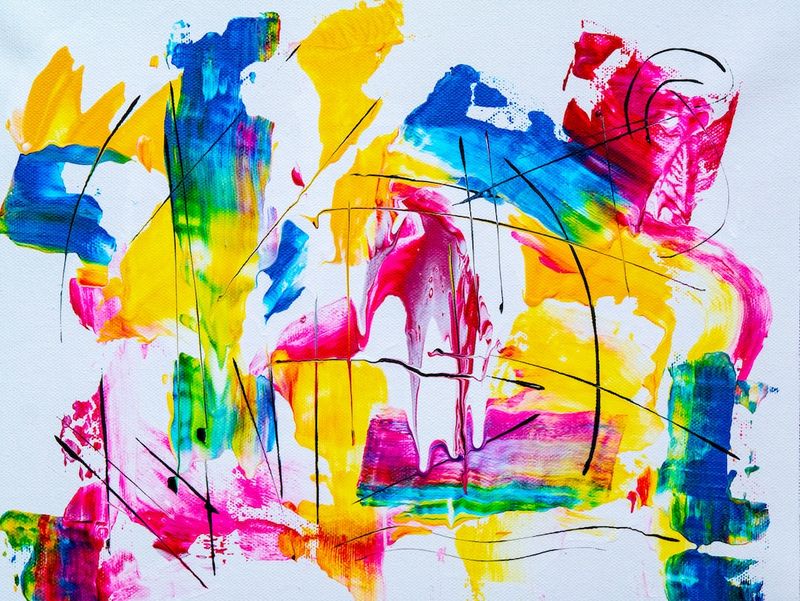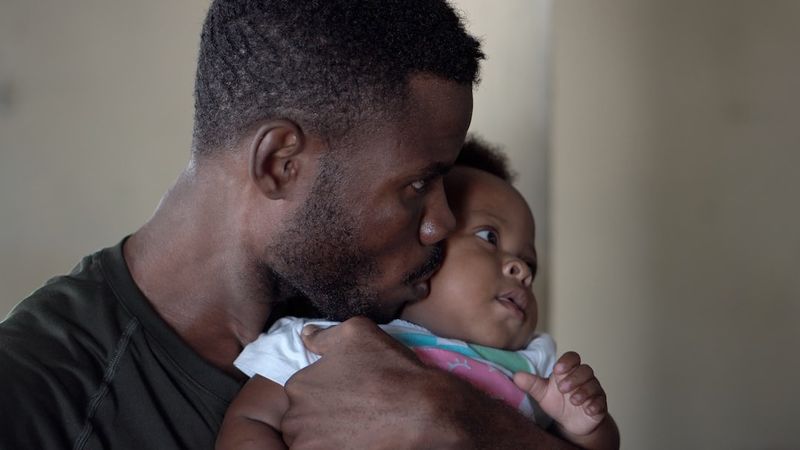World’s first AI art award ignites debate about what is photography
By Helen Pitt
October 8, 2023 — 2.01pm
Swedish artist Annika Nordenskiöld has made history by winning the world’s first artificial intelligence art award at the Ballarat International Foto Biennale. Nordenskiöld used computer prompts to create a life-like image titled “Twin Sisters in Love (2023)” which depicts sisters cuddling an octopus.
In her acceptance speech, Nordenskiöld acknowledged the fear surrounding AI but likened it to a colleague that she collaborates with. She emphasized that her creations exist solely in the digital realm and do not have physical counterparts. Nordenskiöld’s work often elicits mixed reactions, with some finding them uncomfortable, others laughing, and some even feeling disgusted by them. These images are created using an AI program called Midjourney.
Promptography vs. Photography
The organizers of the Ballarat festival hope that the introduction of the inaugural AI prize, known as “Prompted Peculiar,” will spark a debate about the distinction between photography and what they refer to as “promptography.” The term “promptography” was coined by German photographer Boris Eldagsen, who turned down first prize at the Sony World Photography Awards’ creative open category due to his image “The Electrician” being AI-generated. Eldagsen believes that his actions have opened up an important conversation about AI-generated images. He claims that the default assumption when viewing pictures online should now be that they are artificially generated, which poses challenges for picture editors, photographers, developers, AI experts, and social media consumers.
Eldagsen argues that photography involves capturing the world as it is, while “promptography” allows artists to create computer-generated images without leaving a darkened room. He states, “Seeing is no longer believing it is real.” Eldagsen and other proponents of traditional photography suggest the need for a code of ethics for photographers, including potentially using watermarks to ensure the authenticity of photos.
The Need for Ethical Guidelines
Ballarat International Foto Biennale CEO Vanessa Gerrans echoes Eldagsen’s concerns and highlights the unresolved issues surrounding moral rights and consent in this new age of AI-generated art. She emphasizes the importance of having conversations about these issues to ensure ethical and responsible practices.
Lawyer Alana Kushnir, who worked on the terms and conditions of the competition, acknowledges the need for guidance in the legal realm regarding AI-generated art. She draws parallels to the fear artists felt when the camera was first invented, emphasizing that it will take time for the terms around AI and IT to align better. Kushnir believes that engaging with AI is a courageous move for a photography festival and that the debate about the difference between a photo and an image is integral to the future of art and technology.
Editorial: The Evolving Definition of Photography
The debate ignited by the Prompted Peculiar AI art award raises thought-provoking questions about the nature of photography in a world where AI plays a significant role in artistic creation. As technology continues to shape visual culture, it is essential to redefine our understanding of traditional artistic mediums.
The advent of AI-generated art challenges established notions of photography as the pure representation of reality. While traditional photography involves capturing the world as it exists, “promptography” offers artists the ability to construct images that have never physically existed. This blurs the boundaries between what is considered authentic and what is generated by an algorithm.
Photographers like Boris Eldagsen argue for the preservation of photography‘s integrity by establishing ethical guidelines, ensuring the authenticity of photographs, and preventing the spread of disinformation. They suggest watermarks as a means to facilitate verification and protect the artistic integrity of photographers.
However, it is crucial not to dismiss AI-generated art as mere imitation or manipulation. Artists like Annika Nordenskiöld embrace AI as a collaborator, viewing the technology as a tool to express their artistic vision in innovative ways. For them, genuine creativity exists not in the physicality of the medium but in the artist’s ability to conceive and manipulate ideas.
Amidst this debate, it is essential to remember that artistic expression has always evolved alongside technological advancements. Just as photography once faced skepticism upon its invention, AI-generated art‘s emergence brings new possibilities and challenges that deserve serious consideration. Rather than resisting this evolutionary process, society should engage in fruitful conversations that balance tradition with innovation, ethics with creativity, and authenticity with originality.
Advice: Navigating the Intersection of Art and Technology
In this rapidly evolving landscape of art and technology, artists, photographers, and audiences alike face the challenge of navigating uncharted territory. Here are some suggestions for successfully engaging with AI-generated art:
1. Embrace the Conversation
Acknowledge and participate in the ongoing discussion about the intersection of AI and art. Engage in dialogues with artists, critics, and experts to develop a deeper understanding of the implications and possibilities of AI-generated art.
2. Challenge Traditional Notions
Question established definitions and concepts of art, photography, and authenticity. Embrace the idea that artistic expression can take various forms and be created through different tools, including artificial intelligence.
3. Foster Ethical Practices
Encourage the establishment of ethical guidelines that protect the integrity and authenticity of artists’ work. Watermarks and other verification methods can play a crucial role in maintaining trust and transparency in the digital landscape.
4. Embrace Innovation
Explore the creative possibilities offered by AI-generated art. Embrace technology as a tool to push the boundaries of traditional artistic mediums and discover new ways of expressing ideas and emotions.
By engaging in constructive conversations, challenging traditional notions, fostering ethical practices, and embracing innovation, artists and audiences can navigate the ever-evolving landscape of art and technology with confidence and open-mindedness.

<< photo by Steve Johnson >>
The image is for illustrative purposes only and does not depict the actual situation.
You might want to read !
- DOWN UNDER DIVE: The Aussie Adventure of Smallville’s Aquaman Spin-Off
- Finding Roller Derby: Empowering Women in Sport and Transforming Lives
- India Dominates: Top Seed Clinches Gold Medal Amidst Washout
- “Barreal’s Brilliance: FC Cincinnati Stuns Lionel Messi and Inter Miami”
- The Mount Panorama Legacy: 60 Years of Bathurst 1000 Legends
- Kenyan dominance at the Perth Running Festival: A triumph for endurance and determination
- “October 7 Asian Games 2023 Medals Tally: Live Updates on Satwik’s Triumph and More”
- “Howzat! Andrew Flintoff candidly reflects on his time as England cricket captain in exclusive interview”
- “Full Throttle: Bathurst 1000 Roars into its 60th Year – Live Updates”
- “Unveiling the Whistle Wielder: A Closer Look at Rugby World Cup Official Nic – The Ireland vs Scotland Referee”
- “Dismal Attempt Fails to Dampen France’s World Cup Celebration”
- The Enigmatic Legacy of Stoneman Willie: Pennsylvania Man Set to Find Rest After 128 Years
- Glowing Goddess: Jamie Lee Curtis Praises Pamela Anderson’s Makeup Revolution
- Pamela Anderson’s Unbelievable Transformation Leaves Star in Awe
- Supercars Milestone: Unraveling the Thrills of the Bathurst 1000 – Live Updates
- Breaking the Mold: Unraveling the Future of Collingwood with President Jeff Browne in the 2023 E.W. Copeland Trophy.
- “Can Pakistan Turn the Tides against Netherlands? Live Updates from the ICC Cricket World Cup 2023!”




